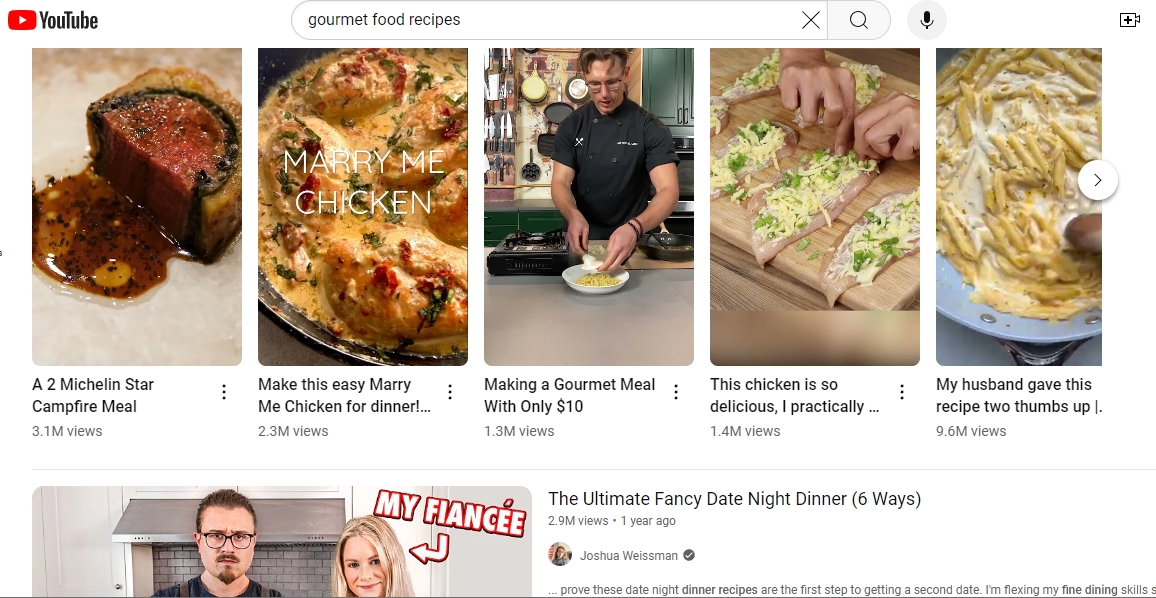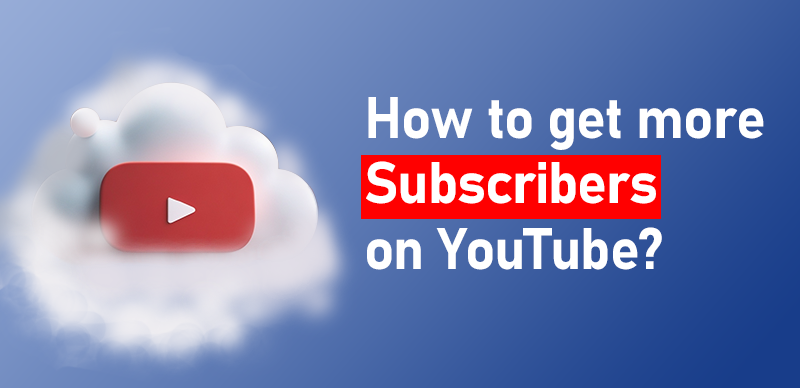How to analyze competitor YouTube channels?

Last Updated: Sep. 29, 2024 | FEATURED IN: Youtube 103 >
Understanding your competitors on YouTube can give you a clearer picture of the overall landscape in your industry and their strengths. By analyzing other successful channels, you can gain effective strategies and inspiration to help you stand out to your audience.
In this article, we will take you deep into learning how to analyze your competitors’ YouTube channels and improve your content quality and audience interaction.

How to analyze competitor YouTube channels
1. Identifying Competitors
First, select channels that have similar content or the same target audience as you. You can identify competitors based on the following criteria:
Subscription and View Count: Choose those channels that have a similar number of subscribers and views as you do.
Content Type: Pay attention to channels that publish similar themes or styles of videos as you do.
- For example, if you are a food blogger, you can focus on other food channels, especially those creators who offer unique recipes or interesting cooking tips.

food channels
2. Analyzing Content Strategy
After identifying your target competitors, start delving into their video content. You can start from the following aspects:
Video Themes and Styles: Analyze the themes of the content they create, see which topics perform well in terms of data, and what factors trigger more discussion and interaction.
Narrative and Visual Elements: Observe how they use narrative techniques and visual elements to attract the audience’s attention.
- For example, some channels may use a humorous narrative style or unique editing techniques to immerse viewers in the video.
3. Posting Frequency and Timing
Analyze your competitors’ video posting frequency and timing:
Best Posting Times: By observing the video posting patterns of your competitors, you can understand when their best posting times are and which time slots have the highest views. You can adjust accordingly.
Fixed Posting Schedule: See if they follow a fixed posting schedule, which can enhance the audience’s anticipation and increase their loyalty.
- For example, if a channel releases new videos every Monday and Friday, you might consider posting at similar times, leveraging the audience’s viewing habits for optimization.

Posting Frequency and Timing
4. Video Length and Format
Video Length: Observe the duration of your competitors’ videos, whether they are short and concise or detailed and in-depth, and see which ones attract viewers to continue watching.
Format Performance: Analyze how different formats perform with the audience. By analyzing them, you can incorporate their strengths into your content strategy to better cater to the needs of your viewers.
- For example, analyze tutorials, Vlogs, or interviews to find the style that suits you best.
5. Assessing Audience Interaction
In addition to analyzing video subscriptions and views, the activity level and audience feedback in your competitors’ comment sections also need your attention.
Audience Feedback: Check how they respond to comments and how they post comments to spark in-depth discussions.
Interaction Strategies: Observe how they stimulate audience participation, whether they set up questions in the video or conduct polls to encourage viewers to share their opinions. Do not ignore interaction, as it can make your channel more personal, increase audience affinity, and give them a sense of belonging.
Collaborations: Observe whether your competitors collaborate with other creators, how they choose their collaborators, and what forms of collaboration they adopt, such as co-producing videos or recommending each other? Collaborations and linkages can expose your channel to more viewers, increasing your visibility and influence.
6. Checking SEO Strategy
Titles and Descriptions: It is recommended to observe their use of titles, descriptions, and tags to find keywords that can effectively improve search rankings.

Youtube SEO
Keyword Selection: Analyze which keywords they use in video titles and descriptions, whether these keywords are related to the video content, and if there are any long-tail keywords that can increase the precision of the video? By studying the use of keywords, you can optimize your video titles and descriptions to improve the ranking of videos in search results, allowing more people to see your work.
7. Monitoring Video Performance
Use YouTube’s analytics tools to evaluate your competitors’ video performance:
Watch Time and Retention: Analyze the drop-off points in your competitors’ videos to see which content they publish is not attractive enough, and learn from their experiences to avoid the same happening to you.
Traffic Sources: By observing their traffic sources, identify the most effective promotion channels to help you formulate corresponding strategies.
Summary and Suggestions
By analyzing your competitors, you can gain a lot of inspiration. Applying these strategies to your channel, you can:
1.Attract more viewers by optimizing content.
2.Set a reasonable posting frequency to enhance audience anticipation.
3.Actively interact with the audience to build loyalty and strengthen fan stickiness.
4.Use effective SEO strategies to increase video exposure.
These can help you better understand market demands, find your differentiated competitive advantages, and apply the results of the analysis to your content creation, which can increase subscriptions and views, thus making your channel stand out in the same competition.


